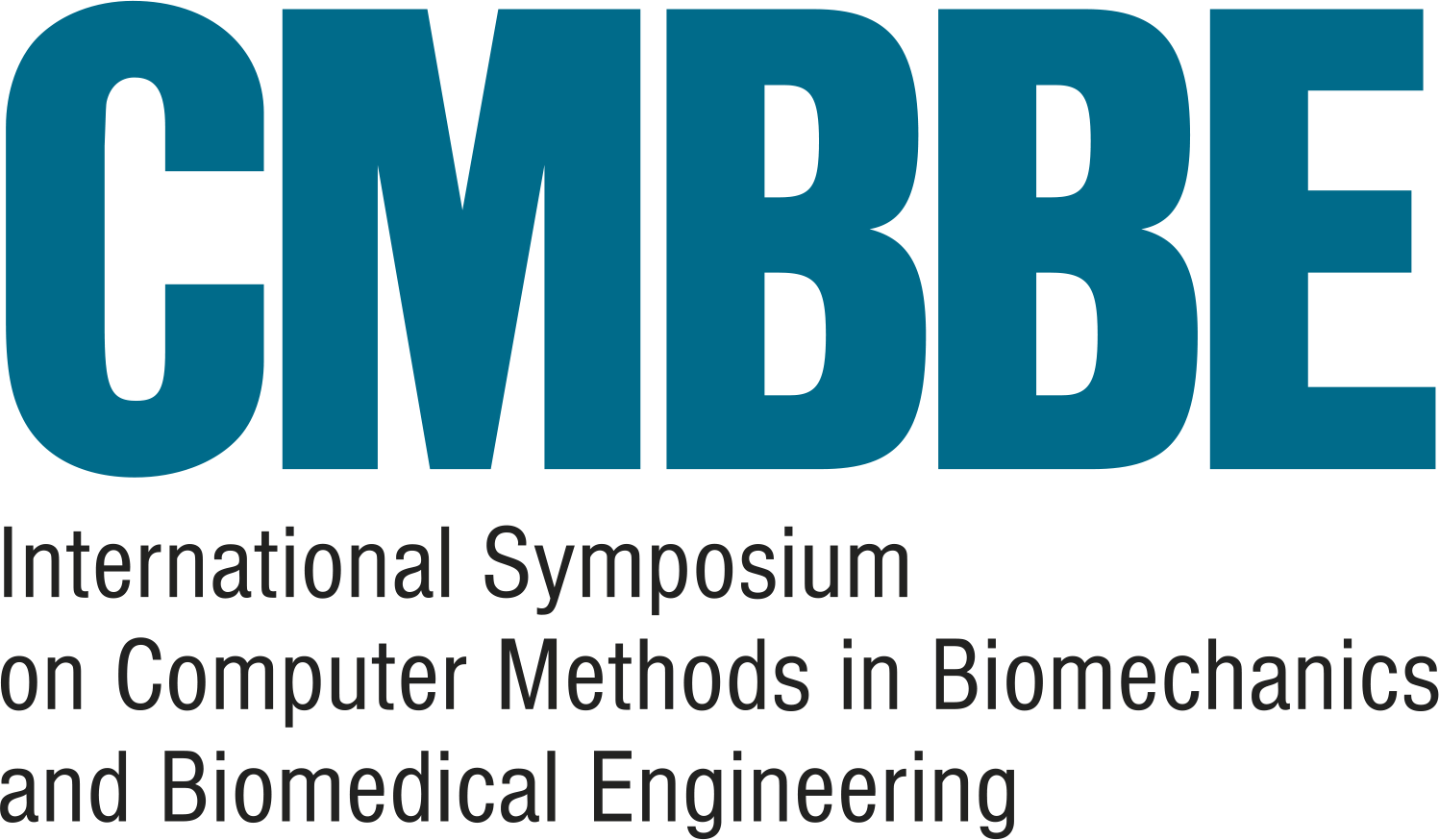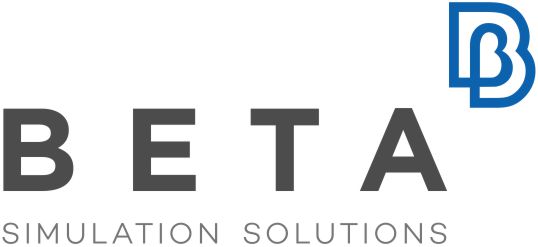FEBio Workshop CMBBE 2024
The FEBio workshop will offer participants an overview of the latest developments in FEBio and FEBio Studio. After a short introduction on the FEBio project, the presenters will demo several capabilities of the software. The topics covered will include basic features, such as geometry import, meshing, running FEBio, and post-processing. Then, more advanced topics will be discussed, such as setting up mixtures and generating fiber distributions, and contact. Finally, new developments will be demonstrated, including 3D image import and visualization, using Python with FEBio, and plugin generation. After the workshop, participants will have a good understanding of the capabilities of the FEBio software project, current development efforts, and future directions.
Learning objectives: Basic understanding of the FEBio project, current status, and future directions.
ArtiSynth: A simulation platform combining MultiBody and Finite Element Methods (FEM)
We will show how to create and simulate combined multi-body/FEM models using, ArtiSynth, a free, open source, 3D biomechanical simulation platform that supports multibody and finite element methods (FEM), allowing users to model within a single application both large scale components (e.g., rigid bodies, point-to-point muscles) and fine scale components requiring stress/strain analysis. It provides a Java-based API for model creation, together with
a highly interactive graphical interface, and has been used to simulate numerous human biomechanical structures, including head and neck, spine, lower limb, foot and shoulder. We will discuss new features including:
- An OpenSim importer that converts key components of an OpenSim multibody model into an ArtiSynth model, that can then be augmented with finite element models in areas of interest.
- Elastic foundation and impulse-based contact Implementations of Millard 2012 and Thelen 2003 equilibrium muscles available in OpenSim.
ArtiSynth developers and users will be there to discuss some of their biomedical using multi-body/FEM hybrid models.
Attendees will learn:
- ArtiSynth’s overall capabilities.
- Use cases illustrating how the system may be applied.
- How to install ArtiSynth and run existing models.
- How to create new models and modify existing ones.
- Controlling simulations and analysing the results.
OpenSim: Tools for rapid, large-scale musculoskeletal simulations
Musculoskeletal simulations provide a way to gain deep insights into how movement is coordinated. New tools for rapidly developing musculoskeletal simulations are enabling more researchers to leverage simulations by reducing the barrier to entry. In this workshop, we will present how our ecosystem of OpenSim tools for rapidly creating simulations, including from smartphone videos using OpenCap, and new features we’ve added to our Python and Jupyter notebook interfaces make it easier to generate simulations. With a combination of didactic portions and hands-on examples, participants will learn about OpenSim’s tools for creating simulations, and how to import movement data, create muscle-driven simulations, and analyze the results
Attendees will learn:
- To understand the capabilities of tools available in the OpenSim ecosystem, including OpenCap for motion capture with smartphones
- To write Python code and use Jupyter notebooks to generate, analyze, and share simulations
- To understand validation approaches and potential research applications of the software
BETA CAE Systems Workshop: Biofidelic aortic vessel modelling: from MRI scan to fully hexahedral mesh.
Digital twins are proving to be valuable tools, capable to faithfully represent and investigate complex scenarios. During this workshop, we will explore one of the key prerequisite for ensuring the definition of a reliable digital twin: the modelling procedure.
More precisely, we will focus on the definition of a patient-specific aortic arch model starting from an MRI scan. Throughout the live demonstration, we will deepen all the crucial stages which lead to the generation of high-quality hexahedral mesh and the definition of the study case in terms of material property and boundary conditions.
Finally, we will address the common as well as strategic task of how to accurate post-process the obtained results and communicate them in a clear and comprehensible way to clinicians.





